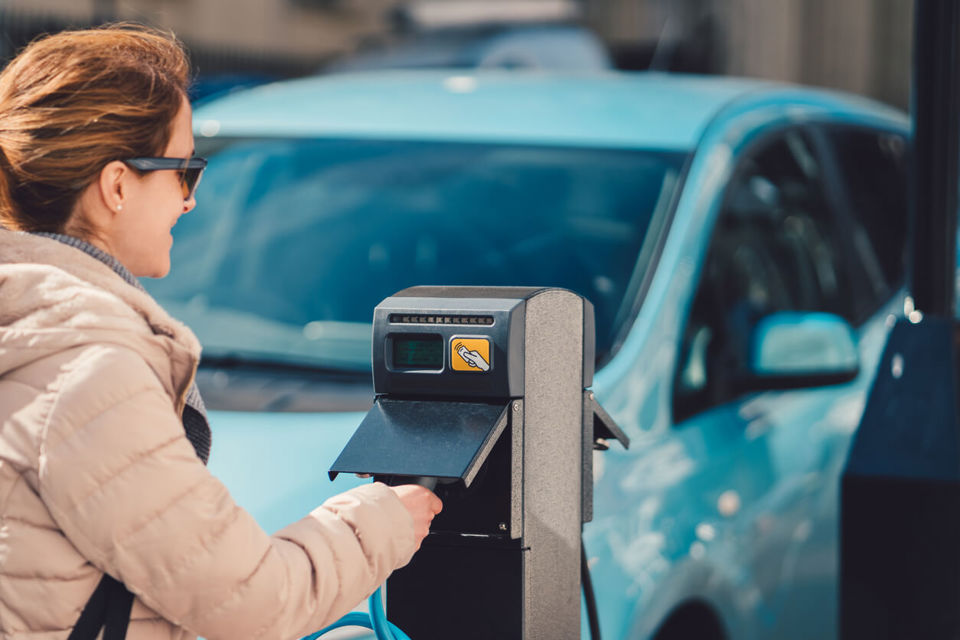Global Electric Vehicles Lithium-ion Battery Second Life and Recycling Market Analysis, finds that EV battery recycling will become a significant part of the value chain by 2016, when significant quantities of EV batteries will come through the waste stream for recycling.
The EV Li-ion battery recycling market is expected to be worth more than $2 billion by 2022, with more than half a million end-of-life EVs’ battery packs becoming available for recycling through the waste stream.
“Although lithium currently costs less than other raw materials needed for manufacturing a battery, there is an inherent risk due to its availability being dependent on a small geographic area,” notes Frost & Sullivan Industry Analyst Aswin Kumar. “Almost 70 per cent of lithium deposits are in South America.”
For second life, Li-ion batteries will have to compete with dedicated batteries used for current second-life applications such as stationary grid storage. They will have to compete in terms of cost, power and energy storage, as most of the characteristics of Li-ion batteries with regard to their degradation at reuse are still uncertain.
“The cost of batteries, which is the main hindrance for EV adoption, can be lowered through reuse or second life applications,” remarks Kumar. “Furthermore, with the rapid increase in the adoption of portable consumer electronic goods and their associated rechargeable lithium-ion batteries, battery recycling can reduce reliance on import or production of lithium.”
Though lithium is 100 per cent recyclable, the battery-grade lithium from the recycling process is costlier than lithium from direct sources. Lack of price incentives and legislation restricts lithium recycling. Furthermore, there are only limited incentives for utilities using energy storage, thus hindering reuse activities.
Apart from cobalt or nickel in existing battery packs, only a few valuable metals with the potential to be used in batteries are under research and development. Low-value elements like iron and phosphorous, currently in research, will pose a greater challenge to creating a profitable recycling program without additional incentives or the addition of more valuable lithium. The lack of valuable materials in batteries often limits the potential for recycling.
The advent of Li-ion batteries is expected to spur automotive and utility industries to sell common fuel electricity to consumers. Furthermore, with second life applications, Li-ion batteries are poised to contribute to a further net reduction in emission, like that of carbon dioxide, beyond that achieved by using an EV.
“Lithium is a finite resource like coal or oil and the metal alone should not be the future source of power for automotives,” cautions Kumar. “Research and development on other sources of power is needed to overcome the dependency on lithium and to meet the future challenges on demands, foreign relations and environment.”

















Login to comment
Comments
No comments have been made yet.